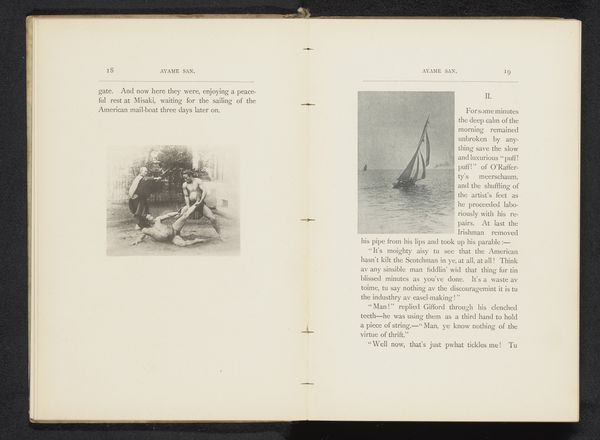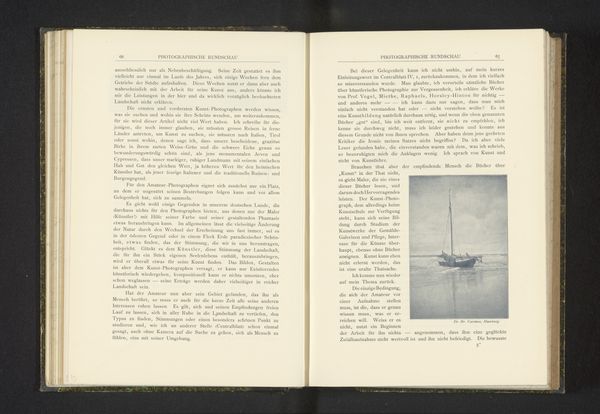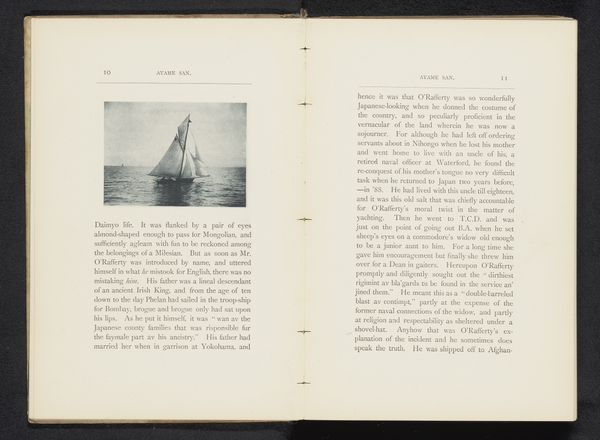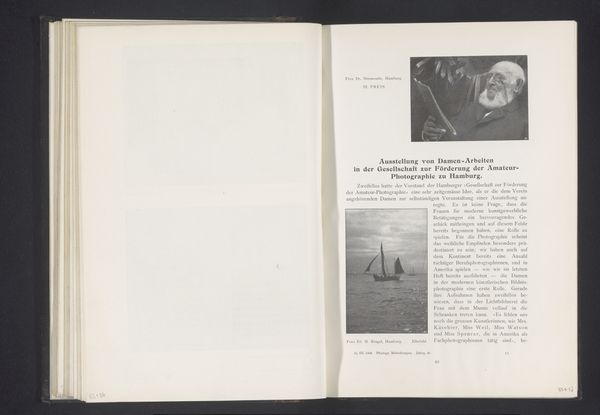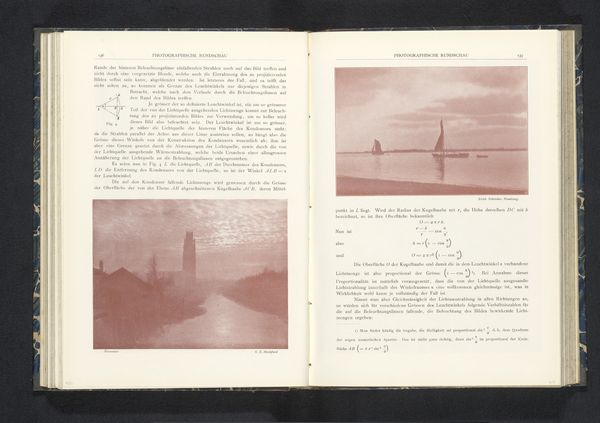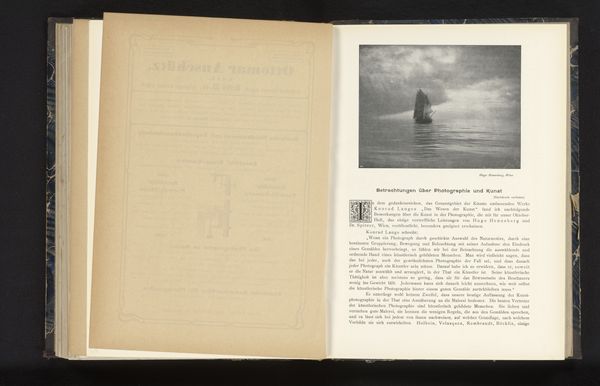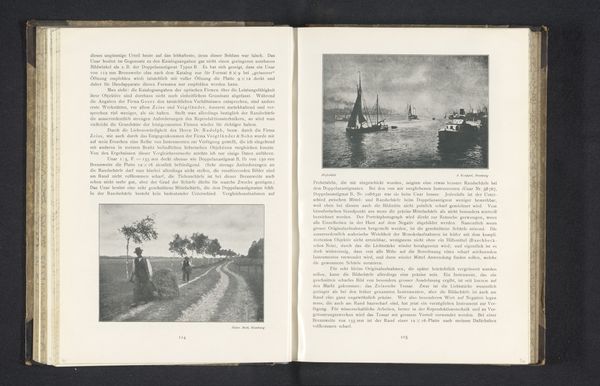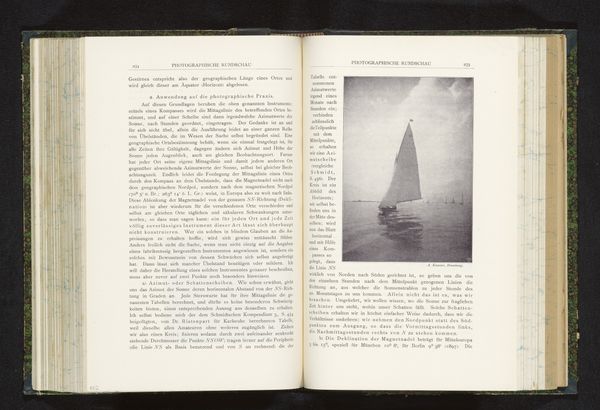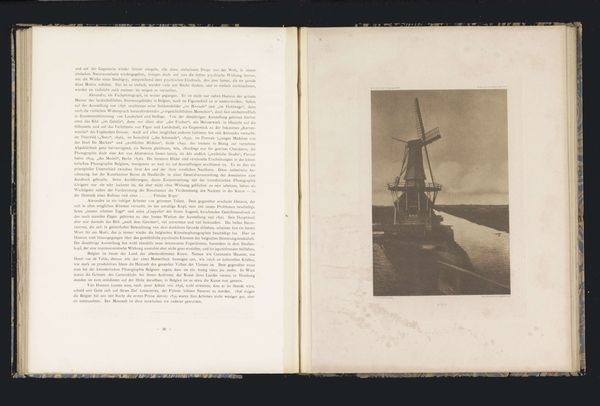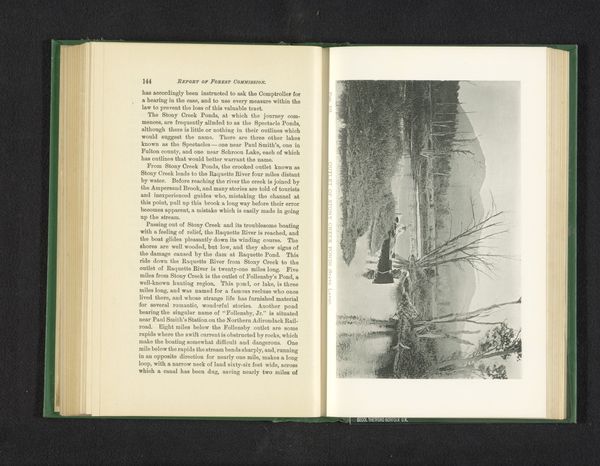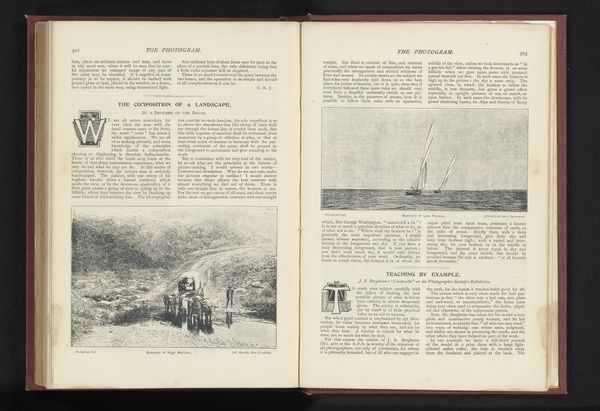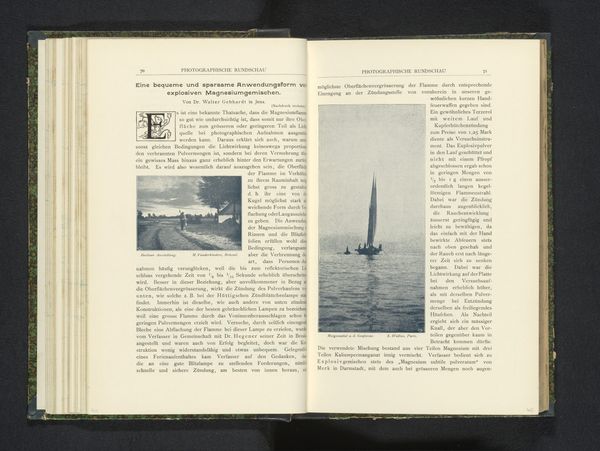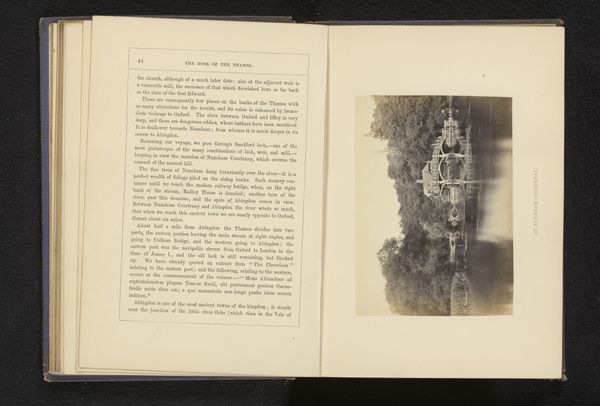
print, photography
#
still-life-photography
# print
#
landscape
#
photography
Dimensions: height 180 mm, width 102 mm
Copyright: Rijks Museum: Open Domain
Curator: This interesting print, likely a photograph reproduced in a book before 1900, is entitled “Zeilschip en stoomschip vertrekken uit een haven.” Its maker is named Johan Huijsser. What’s your initial take? Editor: It's haunting, almost melancholic. The heavy atmosphere seems to cloak the harbor, blurring the lines between water, sky, and industry. Curator: That aligns with what I see. We have these ships, one powered by sail, the other steam. We need to think about this in the context of industrialization—what that meant for maritime history and the cultural understanding of progress itself. Sail was tradition, linked to specific nations, materials, and ways of life, whilst steam embodies relentless motion fueled by industrial technologies and labor practices that are largely hidden from sight. Editor: Exactly, and thinking about it politically, we have to consider how that tension—between the age of sail and the rise of steam—impacted global trade routes, labor policies, and of course, imperial ambitions. What visual cues in the image seem to suggest the artist's perspective on the political forces inherent in that paradigm shift? Curator: The near monochromatic rendering diminishes each ship's unique character, instead portraying them as near mirror-images or stand-ins for one another. Simultaneously, both are exiting the port. Are they trading partners, coexisting with some degree of balance and mutual dependence, or competitors whose ultimate battle to dominate remains unseen? What I appreciate here is its potential for suggesting a variety of arguments and sociopolitical readings. Editor: I agree completely. Even now it prompts me to ask a few critical questions. For instance, who owned those vessels and which populations were affected most directly by increased shipping traffic, not only from a commercial point of view but considering the implications of more environmental devastation as well. Curator: Absolutely vital points. Ultimately, considering Huijsser's work through today’s lens lets us ask important questions regarding climate change and its relationship with unchecked industrial output across a broad network of cultural activities and creative products. Editor: It certainly inspires that sort of inquiry, yes. The conversation could almost be endless.
Comments
No comments
Be the first to comment and join the conversation on the ultimate creative platform.
